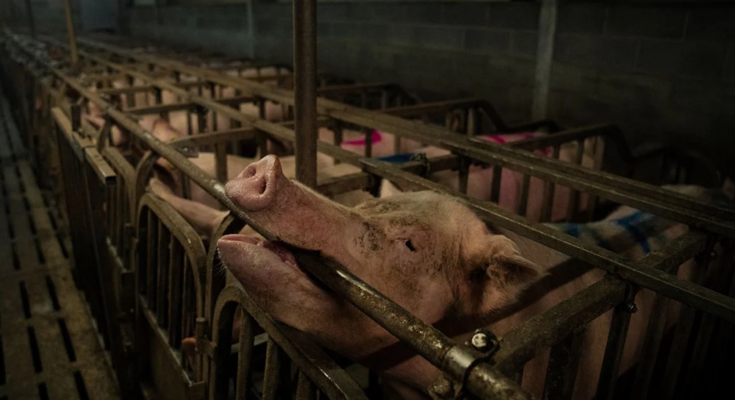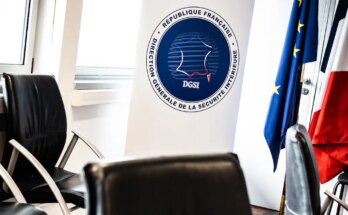A photographic and video-documentary investigation carried out by the environmentalist organization GreenPeace revealed the dramatic conditions at the La Pellegrina pig farm in Roncoferraro (Mantua), owned by the Veronesi Group, owner of well-known brands such as AIA, Negroni and Wudy. These images show, among other things, abandoned pig carcasses and rat infestations in direct contact with the animalsuntreated wounds and cramped environments without natural light. This raises questions regarding the health, animal welfare and environmental risks of living in nearby protected areas: for this reason, GreenPeace filed a complaint with the authorities and reiterated support for bills seeking to move beyond intensive farming.
The photos and videos document the dangerous coexistence between pigs and rodents in gestation and pre-natal cages, where rats roam freely. They can be seen in several places piglet carcasses that were “bitten or eaten by rats” and animal carcasses left on the ground for more than 24 hours. As explained in a press release issued by the organization, the presence of large numbers of rodents is more than just a problem of poor hygiene: it increases the risk of disease transmission (salmonellosis, leptospirosis, toxoplasmosis), contamination of feed and machinery, and can lead to the ingestion of toxic carcasses due to the use of rodenticides. Problems do not only occur in warehouses. Aerial footage revealed waste leaks from the sewage system, resulting in feces and urine spilling onto company land. This poses a real risk of contamination of soil and aquifers, in sensitive areas several kilometers from five protected areas, including the Vallazza Protected Area.
The physical condition of pigs in some cases is very serious. The sow has lacerations that are compatible with the confined space of the birthing penand in some images we see untreated uterine prolapse, a condition that, if left untreated, can cause internal bleeding and death. Tail mutilation of piglets was also recorded, a practice used in intensive farming to prevent mutual biting but at the same time show high stress levels and overcrowding. The recordings also show signs of frequent pharmacological management: bottles and packs of oxytocin to facilitate labor and anti-inflammatory drugs such as ketoprofen. Although this drug is not an illegal drug, the presence of this drug in large quantities is an indication of flare-ups and recurrences of the disease production control practices that focus more on productivity than maintenance. We also see latex gloves being abandoned in maternity wards and a lack of biosafety practices.
These complaints are not framed by GreenPeace as isolated cases, but rather as symptoms of an intensive system based on hyper-production that This benefits large companies, marginalizes small businesses and has a negative impact on the environment and public health. The organization, along with a coalition of associations, proposed the “Beyond intensive farming” law as a way to reduce the number of animals raised, block the expansion of intensive facilities and begin a transition toward lower-impact models. GreenPeace is calling on the government to do this Immediate moratorium on new construction or intensive livestock expansion projects and ending public funding for intensive agriculture; In addition, implementing policies that increase plant-based diets is also needed effective measures for the protection of water resourcesas well as avoiding imports of raw materials such as soybeans used as feed and improving the current proposal for voluntary certification of products of animal origin.



